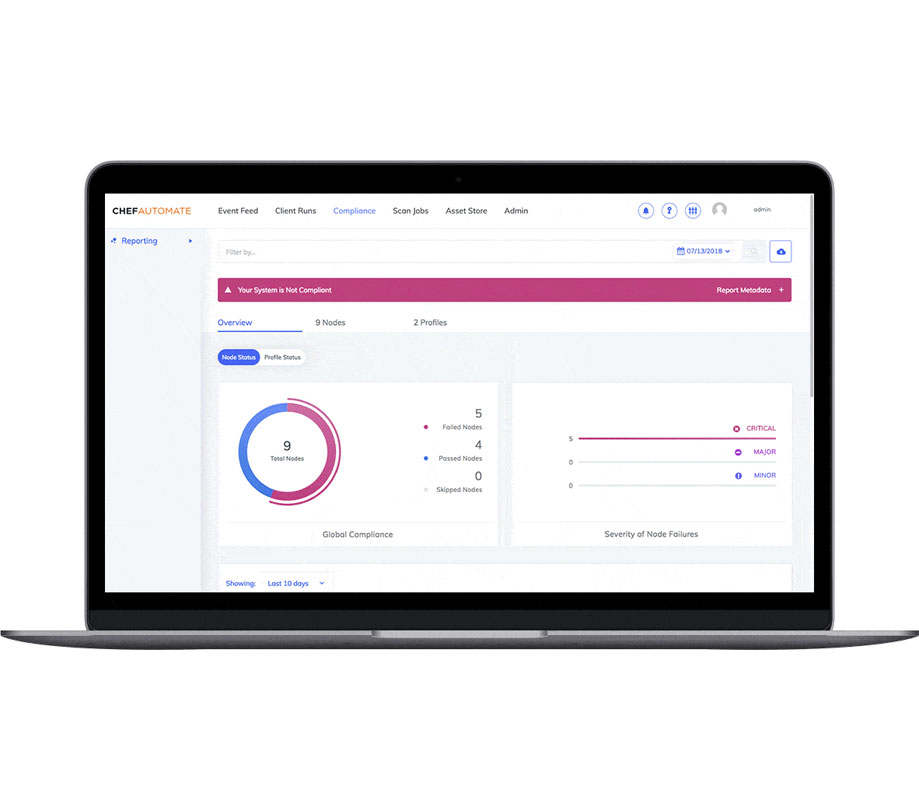DevOps
6 ways to overcome DevOps complexity and prepare for 2023
Thursday, March 9, 2023

|
Prashanth Nanjundappa |

Prashanth Nanjundappa discusses 6 ways to overcome DevOps complexity and prepare for 2023, including how to factor regulatory agility in early development, what specific security requirements to adhere to, how to achieve collaboration through feedback loops, how crucial automation is, and tons more.
As we venture into 2023, the DevOps community finds itself in a whole new world of complexity. So many modern application deployments have moved from on-premise to the cloud and to the edge with devices like set-up boxes, train signaling equipment, cameras, POS, and self-driven vehicles with data being available at blazing 5G speeds.
Remote employees use business applications over personal devices, multiple operating systems, and private and public clouds. These factors create enormously complex lifecycles for software development, testing, integration, and production.
In this new age of complexity, collaboration, and automation without compromising on security are crucial to success. DevOps must collaborate with development, IT, designers, testers, cybersecurity teams, and different lines of business to determine how they can best automate processes.
If you're a developer or part of a development team, there are ways to prepare for what's ahead in the new year. But first, let's look at the factors driving this complexity.
Demand for faster delivery
Even as business factors change how we use applications, developers continue to strive for agility to bring new products to market quickly and in a way that delights users. The challenge is keeping up with new requirements altered by a dynamic and unpredictable world.
Pandemic and the distributed workforce
The effects of the pandemic continue to ripple through the tech community as more employees insist on working from home or maintaining a hybrid work environment. To meet these demands, cloud migration strategies evolved from a "cloud-first" approach to "move everything now!” Providing easy and secure access to critical applications from anywhere will remain a priority for a long time.
Security and compliance
Organizations must factor in compliance across numerous regulations and internal policies while at the same time anticipating new cyberattack techniques and challenges. Teams should work closely with compliance officers and security teams to ensure their applications meet their expectations before release.
Complexity has created a greater need for automation, but it's also made building automation more difficult, especially if it's an afterthought. There are now so many activities tied to DevOps automation. For example, there's test automation, build automation, and security automation. All these categories must be addressed when working to tame complexity.
Here are 6 ways your organization can utilize DevOps to overcome complexity and prepare for the year ahead.
1. Factor regulatory agility in early development
Increasingly, in regulated areas, you have requirements from regulators and legal teams that differ by industry. For example, if you work in the healthcare space, you must ensure HIPAA compliance, or in e-commerce, you have PCI DSS. When developing applications, you must work across industry requirements and collaborate closely with the compliance and legal teams. It's better to include them early in the development process by incorporating concepts like compliance as code/policy as code than waiting and having to readdress during a compliance audit.

2. Adhere to specific security requirements
Development teams must work closely, sometimes in tandem, with security to address a constantly changing environment of security threats. It's important to discuss specific threats and security use cases alongside core functionality. Find out what kind of security practices need to be implemented. Work to incorporate the accuracy and reliability testing of the data into the development process as per security and compliance teams' guidance and ensure the feedback is appropriately incorporated & validated continuously.
3. Find a common collaboration language
To achieve collaboration, you must find a common language between stakeholders like security, compliance, developers, and others. The best way to do this is to create a feedback loop. The loop includes the detection of the problem or situation, determining the right corrective measure to fix the problem, completing the correction, and automating the process, so the problem doesn't occur again. If the problem does pop up again, you'll have the proper measures ready.

4. Manage security and compliance as code
Managing security and compliance as code is the only way you'll be able to maintain a common language across stakeholders. That is the way for security and compliance policies to be codified ad integrated into the development process. Having such a common language shared among your teams is essential to maintain continuous visibility into your security and compliance posture.
5. Create human free zone
Automation is often the overlooked key to both security and compliance and crucial to simplifying what is currently complex when it comes to DevOps. When committing to the mentality of automation it's important to create a human-free zone. In such a zone, developers initially commit code, after which automation takes over applying zero-trust security principles.
So for example, if an employee logs into a production server when they are not supposed to have access, the administrator is automatically notified. In a human-free zone, nothing and no one is allowed to change anything in production other than the system, which has been programmed with certain rules and requirements. When everything is going through such an auditable automated process, administrators know that everything that gets into production will be in alignment with policies and certain standards. Such policies can always be changed or adapted in a version-controlled manner according to evolving needs. Such a human-free zone along with thought-through secrets management prevents not just accidental errors but also cybercrime attacks efficiently and also tracks such attempts for auditing and strengthening the process

6. Know your target goals
Before you know whether you are working efficiently, you need to identify your target goals and your ability to measure them. Automation is hard and also expensive. It is easy to get into the trap of automating everything. Before you know whether you are working efficiently, you need to identify your target goals; then you can do "enough" automation to maintain the system at an acceptable level. This covers everything from defining a policy for infrastructure configuration, security posture, governance policies, and SLAs (service level agreements) across your organization's infrastructure and applications.
All of these must be fixed in a coded process to automate detection and mitigation processes. Once completed, then you are no longer spending time resolving issues and have a fast feedback loop enabling you to rerun your detection after every environmental change.
And that's how you get the speed and agility your dev teams need to get products to market.
To meet next year's challenges, DevOps must improve collaboration across security, compliance, and all stakeholders to create, modify and extend policies that fit the needs of their organizations. Additional challenges and significant changes will undoubtedly develop in 2023, just as we saw such drastic changes in the last two years. By improving collaboration and automation efforts, you have a better chance of responding to them as they occur.
Managing DevOps complexity
This content is made possible by a guest author, or sponsor; it is not written by and does not necessarily reflect the views of App Developer Magazine's editorial staff.

Become a subscriber of App Developer Magazine for just $5.99 a month and take advantage of all these perks.
MEMBERS GET ACCESS TO
- - Exclusive content from leaders in the industry
- - Q&A articles from industry leaders
- - Tips and tricks from the most successful developers weekly
- - Monthly issues, including all 90+ back-issues since 2012
- - Event discounts and early-bird signups
- - Gain insight from top achievers in the app store
- - Learn what tools to use, what SDK's to use, and more
Subscribe here












Comments